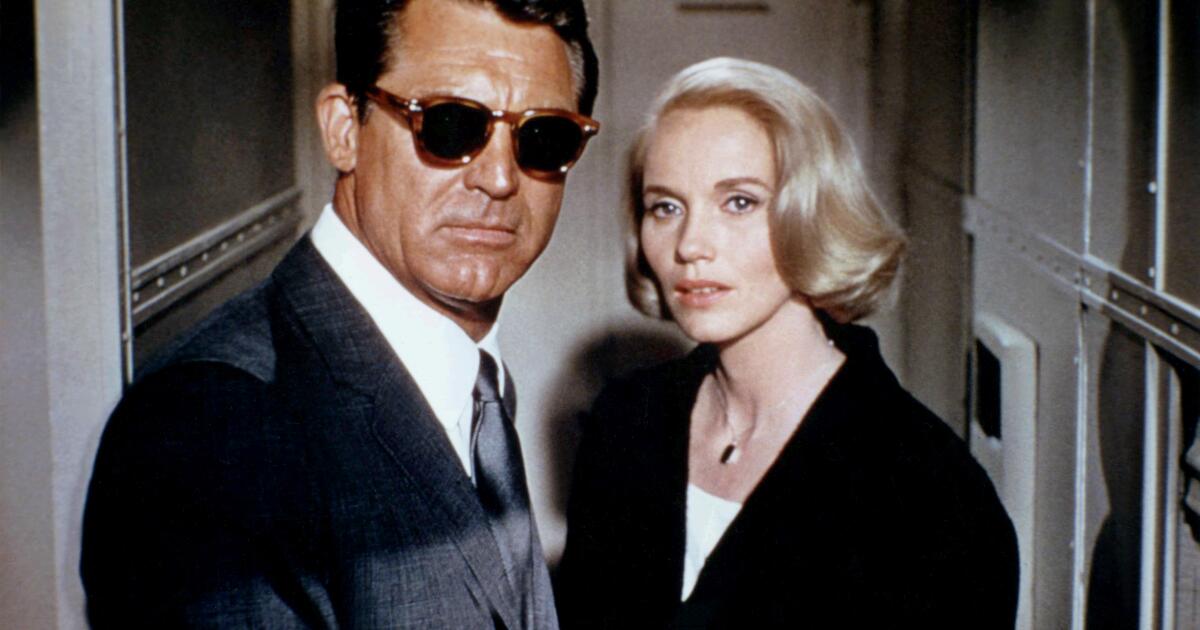Hello! I’m Mark Olsen. Welcome to another edition of your regular field guide to a world of Only Good Movies.
The American Cinematheque is launching a new program, “The Lost Weekend of Forgotten Films,” in which it reached out to a few local critics and filmmakers to present loved but underseen films. As it turns out, they asked Times film editor Joshua Rothkopf (also editor of this newsletter!) as well as myself.
Josh is presenting Peter Hyams’ 1981 “Outland,” which stars Sean Connery as a federal marshal assigned to a remote mining facility on a moon of Saturn. He soon uncovers a conspiracy of murder and drug smuggling. The grimy workplace vibes are decidedly more “Alien” than “Star Wars.”
In his original review of the film, Times critic Kevin Thomas called the film “‘High Noon’ in space,” while adding, “If ‘Outland’ represents a deft convergence of ideas and design it nevertheless takes an authentic star — i.e., a charismatic actor in whom you believe, no matter what — to pull it off. Sean Connery is all this, a tough, strong, canny lawman.”
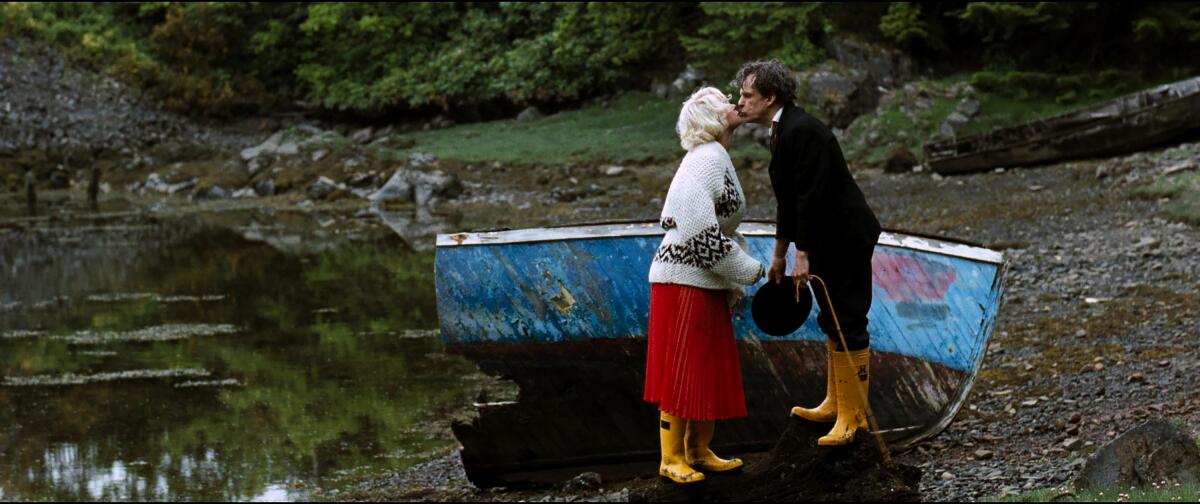
Samantha Morton as Marilyn Monroe and Denis Lavant as Charlie Chaplin in the 2007 movie “Mister Lonely.”
(IFC Films)
I’ll be presenting Harmony Korine’s 2007 “Mister Lonely,” starring Diego Luna as a Michael Jackson impersonator who meets Samantha Morton’s Marilyn Monroe impressionist and goes with her to a commune of other celebrity mimics.
The film came at a point of personal renewal for Korine, his first film in eight years. Though he still has a reputation largely as a transgressive button-pusher, “Mister Lonely” is a startlingly tender and sincere exploration of finding your true self.
In an interview at the time, Korine explained the film’s juxtapositions and internal logic as “a perfect non-sense,” noting, “I like the idea of just feeling things, letting it go through you. I don’t understand why everything has to be explained or why everything has to make sense or say something, because it doesn’t.”
Elsewhere in the series, Scott Foundas will present “Never Cry Wolf,” Kristen Lopez will intro “Drop Dead Gorgeous,” Tim Grierson speaks before “Junebug” and Courtney Howard will make the case for “Hearts and Souls.”
The annual 70mm film festival
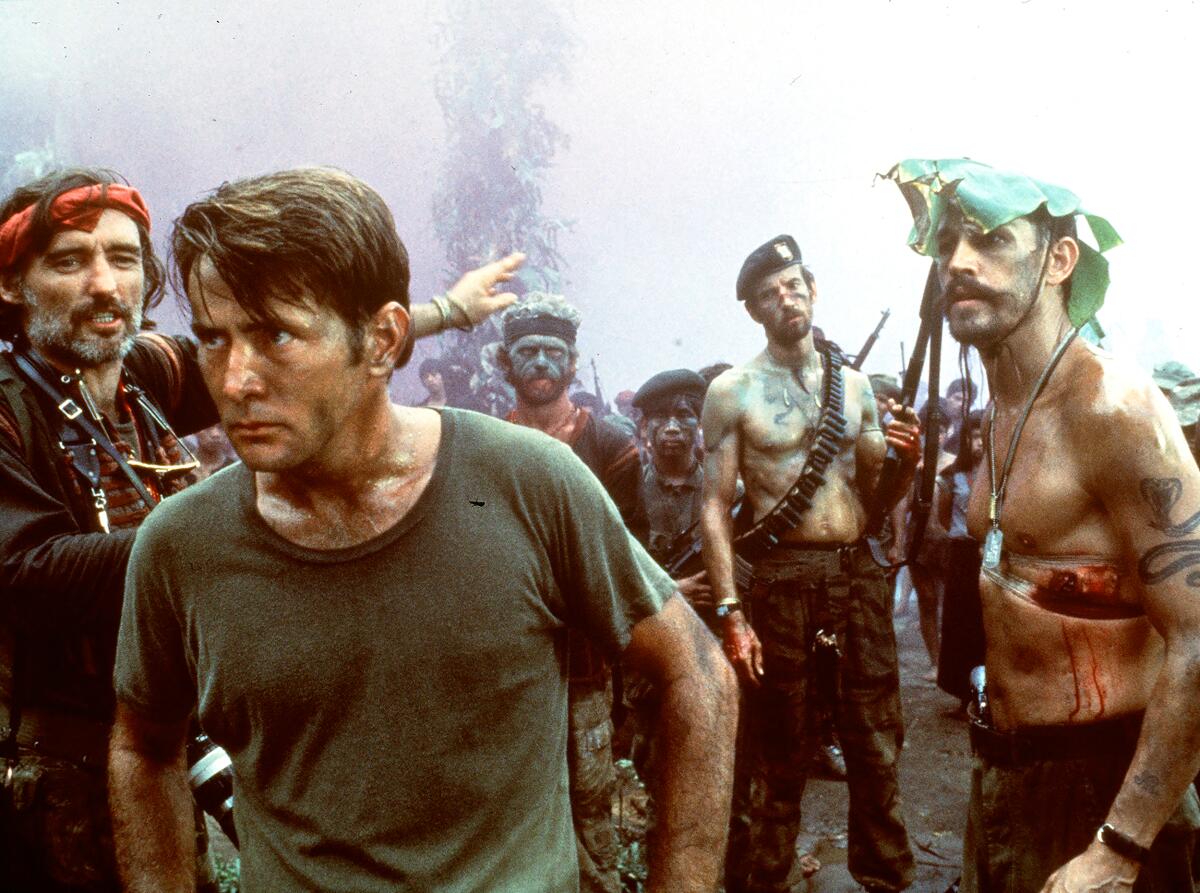
Dennis Hopper, left, Martin Sheen, foreground, and Frederic Forrest in the movie “Apocalypse Now.”
(United Artists)
Though already underway, there is still much to see in this year’s “Ultra Cinematheque 70 Fest” at the American Cinematheque. Among the films to screen is a new restoration of Alfred Hitchcock’s 1959 classic “North by Northwest,” starring Cary Grant and Eva Marie Saint, who recently celebrated her 100th birthday.
The film is now seen as the prototype for sleek, stylish action-thrillers. The Times’ original 1959 review of the film — which noted it was playing at the Egyptian! — said “[Hitchcock] and screenwriter Ernest Lehman play fast and loose with logic in moving characters rapidly from one explosive situation to another and when the movie’s over, second guessers will entertain some strange thoughts about why certain people just happen to be in certain places. However, the consensus, I’m sure, will hear me out when I way: Who cares — it’s great entertainment.”
Other films still to come in the 70mm series include Ron Howard’s “Backdraft,” now playing as a tribute to actor Donald Sutherland, James Ivory’s “The Remains of the Day,” Sam Peckinpah’s “The Wild Bunch,” Alfonso Cuarón’s “Roma,” Oliver Stone’s “The Doors,” Kenneth Branagh’s “Hamlet,” Luis Valdez’s “Zoot Suit,” Michael Mann’s “Manhunter,” Spike Lee’s “Malcolm X,” Tony Scott’s “Top Gun” and “Days of Thunder” and three by Paul Thomas Anderson, ”Boogie Nights,” “The Master” and “Licorice Pizza.”
Also screening will be 70mm prints of Francis Ford Coppola’s “Apocalypse Now” and Bernardo Bertolucci’s “The Last Emperor” both on loan from the George Eastman Museum. (The print of “Apocalypse Now” comes from the collection of one Martin Scorsese.)
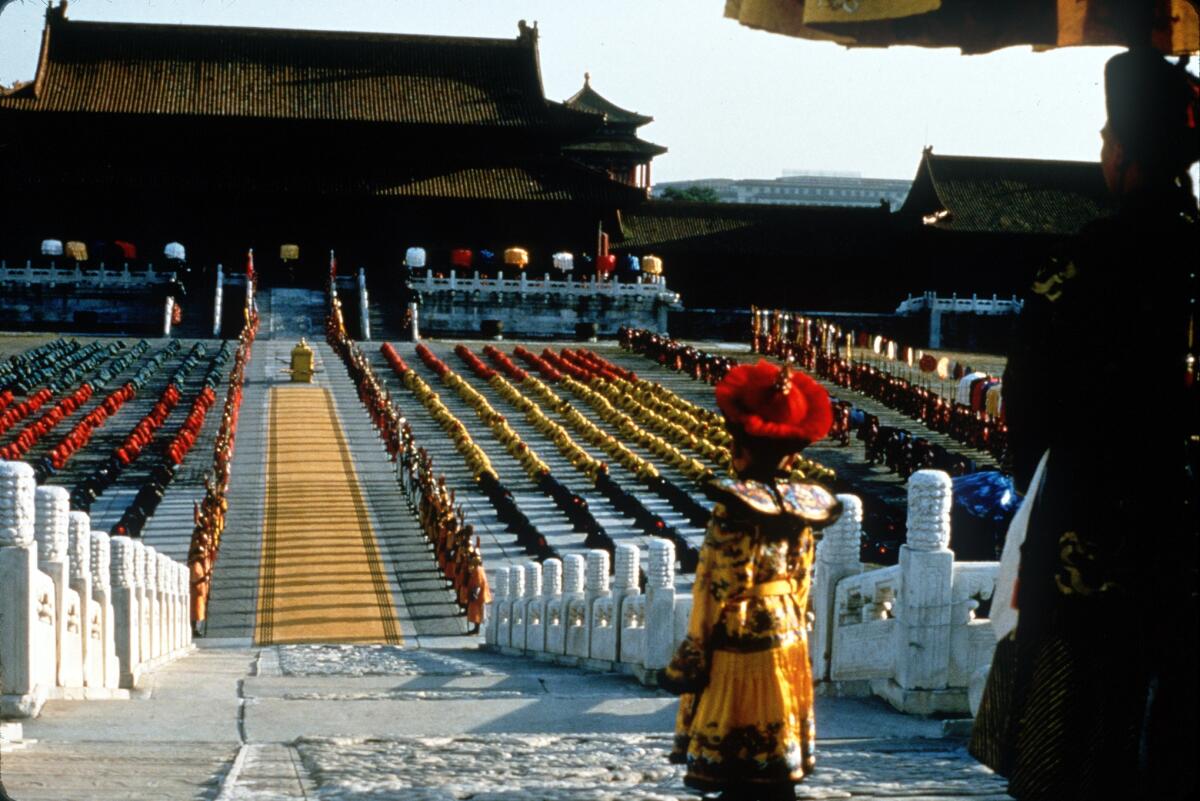
An image from the movie “The Last Emperor.”
(Artisan Entertainment)
Deborah Stoiber, collections manager at the George Eastman Museum will be present for the screenings of the films from their collection, along with her husband, Jeff Stoiber, assistant curator of the Eastman Museum’s L. Jeffrey Selznick School of Film Preservation. On a recent call, Deborah Stoiber discussed some of the reasons why she thinks watching movies in 70mm is worthwhile.
“I always like that part about having the original experience,” said Stoiber. “Not only are you seeing it the way your family, like your grandparents or your parents, originally saw it, but you don’t know how many people watched that film before you saw that print. It could be hundreds of people, it could be thousands of people. And you’re getting that same experience from that same motion-picture print.
“So to me it’s the closest we’ll ever get to time travel, in my opinion, to watch these old films in their original formats,” Stoiber added, “to have that experience like our families did or our friends did, back when we were kids or back when our parents were kids.”
Darren Stein on ‘Jawbreaker’
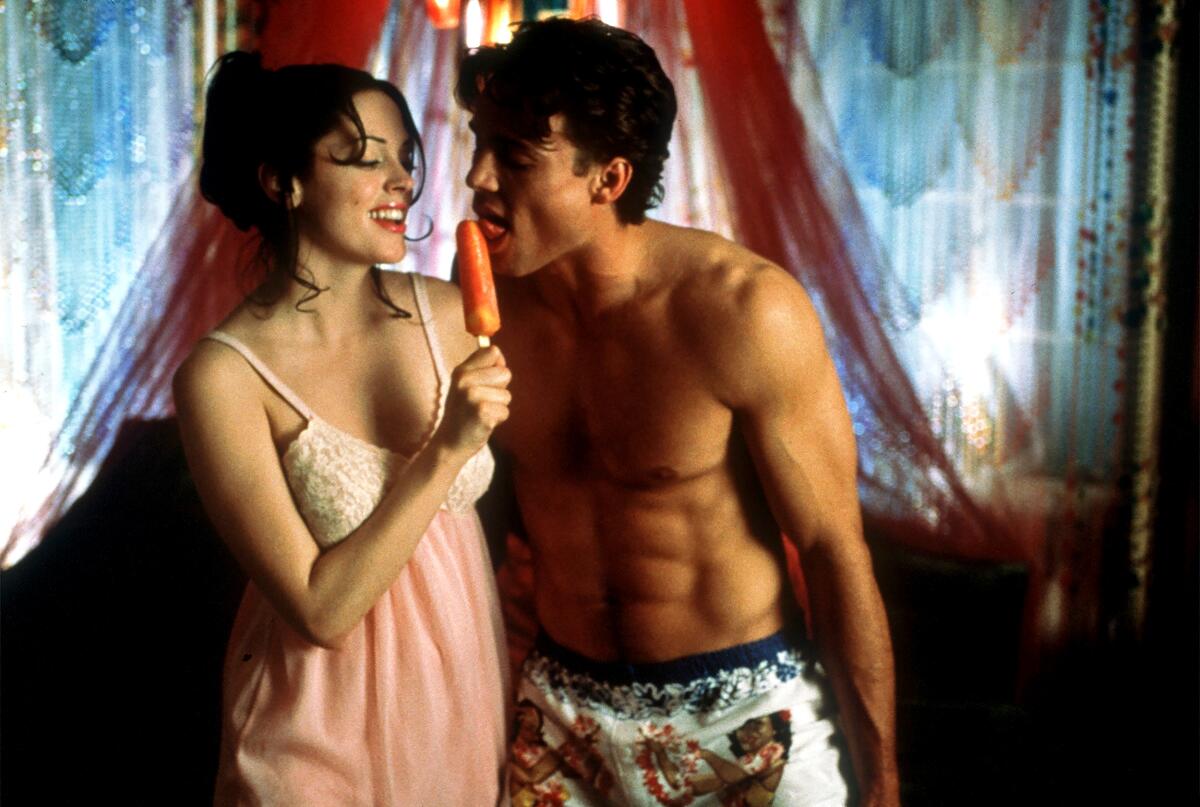
Rose McGowan and Ethan Erickson in the movie “Jawbreaker,” written and directed by Darren Stein.
(Columbia TriStar)
Tonight at the Academy Museum will be a special 25th anniversary 35mm screening of “Jawbreaker,” featuring a pre-screening conversation with writer-director Darren Stein and actors Rebecca Gayheart, Julie Benz and Judy Greer, moderated by “Drag Race All Stars” winner Trixie Mattel.
Having premiered at the 1999 Sundance Film Festival, “Jawbreaker” is a stylized, knowing subversion of the teen-centered comedies of the ’90s. A group of popular high school girls, led by the fearsomely commanding Courtney Shaye (Rose McGowan), accidentally kill one of their own in a prank gone wrong. In covering up the crime, they enlist social outcast Fern Mayo (Greer) into their group, transforming her into the glamorous Vylette. Soon it becomes a power struggle for who will be in charge of their social clique, the school and the truth.
Drawing from a wide array of influences including the work of John Waters, “Grease,” “Rock ‘n’ Roll High School,’ “Carrie” and “Heathers,” the film has earned a loyal cult fandom over the years. Stein, who has recently been working on a musical adaptation of the “Jawbreaker” story as well as appearing as a judge on the horror-themed drag show “Dragula,” got on a video call with me last week to talk about the film.
What do you think is the movie’s enduring appeal?
I think because it is really a Faustian tale. The actual story is about a girl who sort of sells her soul to the devil. There’s a universality to it that is accessible to a lot of people. Also stylistically, there’s a timelessness to the aesthetics that don’t peg it in one time, even though it is a ’90s movie and it’s supposed to be set in the ’90s. We all set out to make it something that transcended time and became its own world. And I think that going into that world makes it last in a way that doesn’t feel as dated as some other films.
When you made the film, did you consider it queer?
I did not. It’s a dark teen comedy. But first of all, I’m queer. So the whole aesthetic of the film has a certain queerness to it. Have you heard of the term “velvet rage?” It’s a psychological term for gay men. It’s this rage they have against the world for growing up in a world that’s not designed for them to feel a part of. And I always say that Courtney is like my velvet rage. I went to an all-boys [middle] school called Harvard, which is now Harvard-Westlake, but back in the day, Harvard was the boys school and Westlake was the girls school. And so to be gay at an all-boys school — it’s not as fun as it sounds. You need the girls there to give you that power, that agency. So I didn’t get to have a traditional high-school experience.
I think I lived it through the films of the ’80s and some of the ’70s. And “Jawbreaker” was my version of what it could be. There’s a queerness that fuels it because it comes from my own longing, to come of age when I wasn’t really allowed to at that time because it wasn’t acceptable. And the darkness and violence is probably my rage against not being able to be myself as an adolescent. So the queerness, I think, is baked in.
In particular, the scene in which Courtney has her boyfriend simulate oral sex on a popsicle is the most overtly transgressive moment in the movie. At the time it was discussed as a real centerpiece for the film. What was its function for you?
The function was very simple. It was me writing the scene that I would’ve liked to have seen when I was going to see high-school films when I was a teenager. What did I not get to see? And I didn’t have any queer characters, so I had to have the female character make her boyfriend do something queer. So she’s like, OK, I will go down on you if you go down on the popsicle. So it was a way for me to build in some queerness, some queer sexuality into a quote-unquote heterosexual environment and characters. But I suppose that makes Courtney intrinsically queer because it’s a queer thing to have a boyfriend do, to make your boyfriend queer in a way.
I have spoken about Fern being bisexual or queer. There are a lot of queer reads on the movie from gay men, gay women, trans people. It just came from trying to push them. It’s that naughty John Waters side of: What can I do to really push the boundary? And also give queer kids something to look at and to feel more a part of.
Other points of interest
‘Come Back to the 5 & Dime, Jimmy Dean, Jimmy Dean’
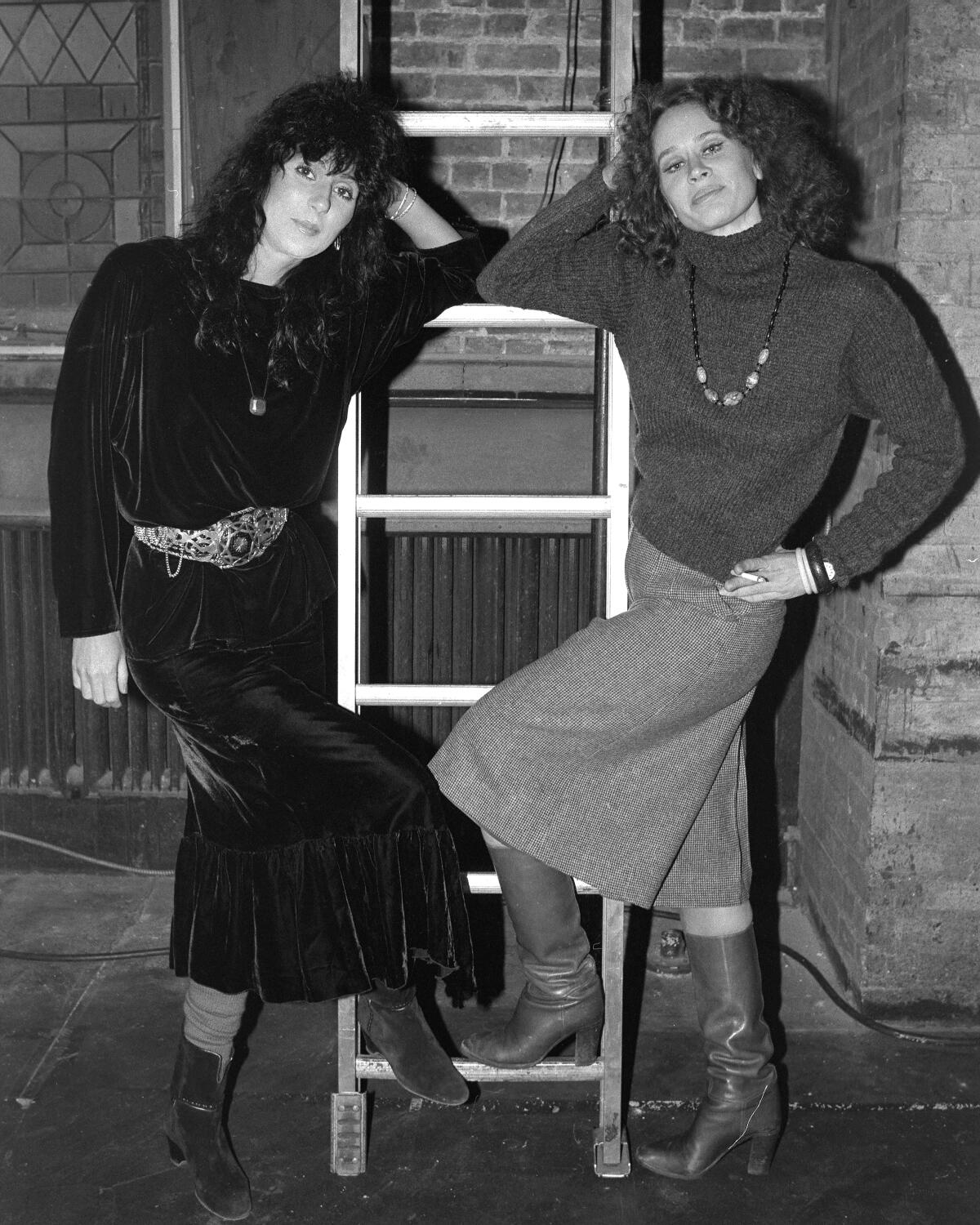
Cher, left, and Karen Black at St. Clement’s Episcopal Church in New York, where they began rehearsals for the Broadway play version.
(New York Daily News Archive via Getty Images)
Writers Caden Mark Gardner and Willow Maclay recently published “Corpses, Fools and Monsters: The History and Future of Transness in Cinema.” On Thursday, Gardner will be at Vidiots for a signing of the book and a screening and conversation about Robert Altman’s 1982 film “Come Back to the 5 & Dime, Jimmy Dean, Jimmy Dean” starring Cher, Karen Black, Kathy Bates and Sandy Dennis.
The film is about a group of old friends reuniting, with Black playing a trans woman. Maclay has called it “the only trans performance by a cisgender person that I love with no reservations.” There is a fascinating conversation between Gardner and Maclay specifically about the film on the Curtsies and Hand Grenades blog, with Gardner saying, “There’s a part of me that always wished I could thank [Black] for this performance. … I still feel like this film is ripe for discovery to so many people. It is a film that has many merits beyond the character of Joanne, but for me that character is the heart of the film and does deserve more attention for striking a rare and impressive sweet spot (and again, this was somehow in 1982).”
In Sheila Benson’s original 1982 review of the film, an adaptation of the play by Ed Graczyk, she said it had “one of the finest ensembles I can recall in an American film. But then the high-water marks before this were also Altman films: ‘McCabe and Mrs. Miller,’ ‘MASH” and ‘3 Women.’”
Benson added, “However, none of Altman’s actors seemed to know that their play was about as nourishing as a Coca-Cola, so they forged ahead and invested each of their characters with such a wealth of intuition and tenderness and truth, and such miracles of observation and imagination, that the whole preposterous, overheated thing works. It not only works; it is wonderfully entertaining in the bargain.”
‘Seven Samurai’
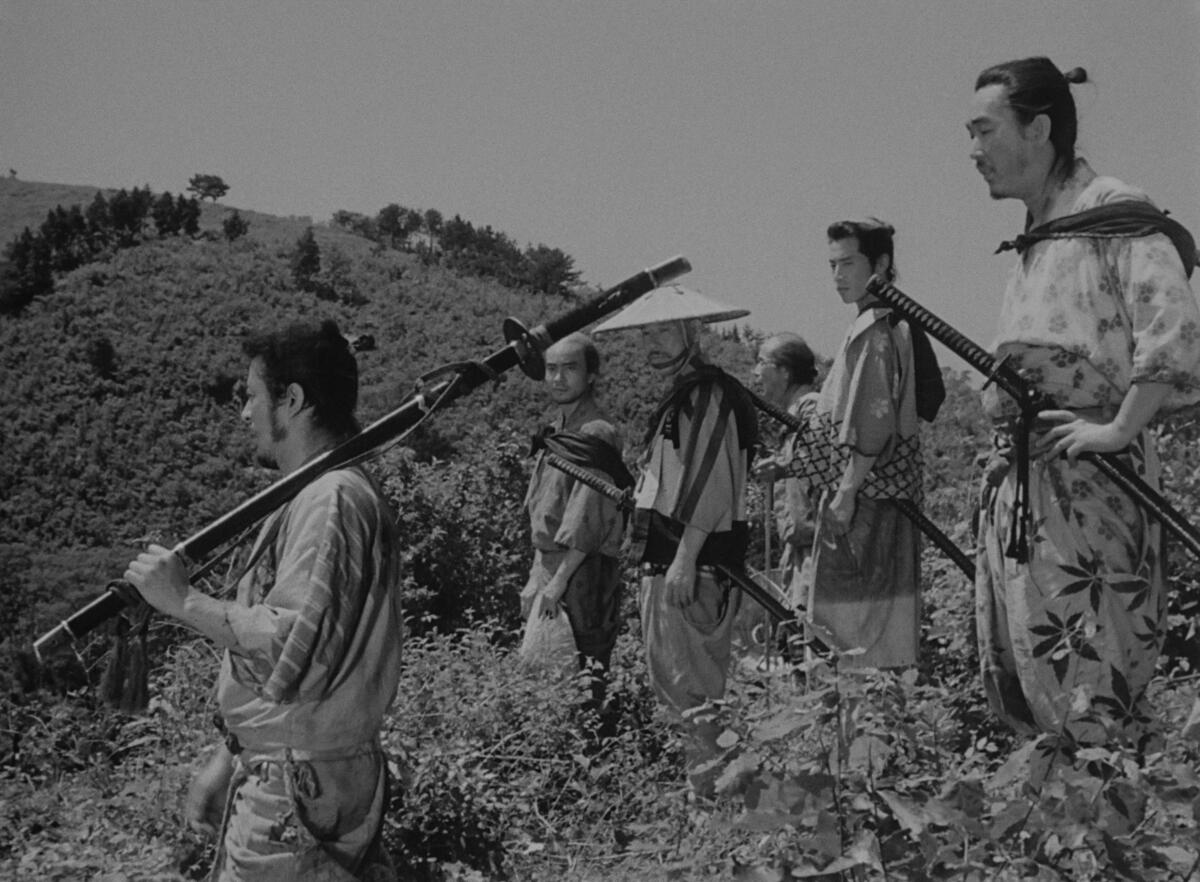
An image from the movie “Seven Samurai.”
(Janus Films)
A new 4K restoration of Akira Kurosawa’s masterful “Seven Samurai” is opening to celebrate the film’s 70th anniversary. It’s at the Laemmle Royal starting today and the Laemmle Glendale on July 19. The film tells the story of a group of farmers in 16th century Japan who hire a loosely united band of roving warriors to defend their town against bandits. Both for its storytelling and the grammar of its action sequences, the film remains wildly influential.
Originally released in Japan in 1954, the movie didn’t reach the U.S. until 1956. A review in The Times published in June 1956 noted how it played very much in the style of a western, adding, “However, it probes deeper into the moods and inhibitions of the people involved and comes off as a penetrating study of the Samurai.”
In other news
Shelley Duvall dead at 75

A image of a deleted scene from “The Shining” of Shelley Duvall watching television in the Overlook Lobby, included in a deluxe new Taschen book on Stanley Kubrick’s horror landmark.
(Warner Bros. Entertainment Inc. / Stanley Kubrick Archive)
Shelley Duvall died this week at age 75 in her native Texas. A truly distinctive screen presence, Duvall captured a certain ’70s free-spirited flightiness tinged with melancholy, first appearing in films by Robert Altman, including “Brewster McCloud” and “Nashville.” She won the actress prize at Cannes for her performance in Altman’s “3 Women.” Her turn as Olive Oyl in Altman’s rendering of “Popeye” is genuinely touching.
Duvall’s Wendy Torrance, the abused wife of Jack Nicholson’s manic writer in Stanley Kubrick’s adaptation of Stephen King’s “The Shining,” is by turns vulnerable, fearsome and galvanizing.
Duvall reached a whole new audience with her television shows “Faerie Tale Theatre” and “Tall Tales & Legends,” which opened up fantastic worlds of imagination for countless children.
Kevin Costner’s ‘Horizon’ sequel delayed
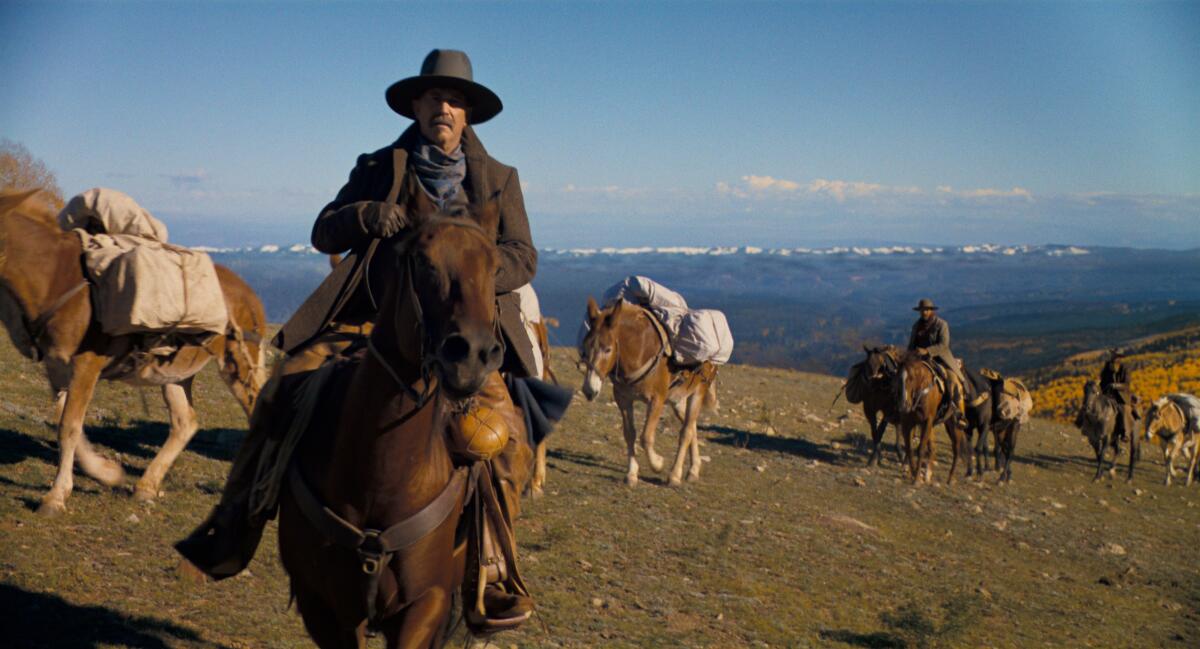
Kevin Costner in “Horizon: An American Saga — Chapter 1.”
(Festival de Cannes)
One recent surprise was the news that Kevin Costner’s “Horizon: An American Saga — Chapter 2” was moving from its Aug. 16 release to an unspecified date. Or maybe the news wasn’t that surprising, given that the first part of “Horizon,” which opened on June 28, has earned only $25.5 million in two weeks of release.
An ambitious project that Costner has intended to be a four-part series, “Horizon” is a classically styled Western, with the director-co-writer-producer-star having sunk a reported $38 million of his own money into the production.
The decision to push back the release of “Chapter 2” is said to be so audiences will have more time to catch up with “Chapter 1,” which will hit digital platforms on July 16 and the Max streaming service at a date still to be announced.
Paramount’s history and future

The iconic Melrose Gate of Paramount Pictures in Hollywood.
(Al Seib / Los Angeles Times)
Following the news this week that David Ellison and Skydance Media had acquired Paramount Global in an $8.4 billion deal to take over Shari Redstone’s holding company National Amusements, Inc., which includes Paramount Pictures, Josh Rottenberg wrote an insightful history of the studio.
As Josh notes, “Paramount’s future as a film studio remains uncertain. Ellison, who will take over as studio chief, will inherit not only its treasures but also its financial challenges, which steadily mounted over the nearly 40-year reign of the Redstone family.”
In reference to the studio’s famed lot off Melrose Avenue in Hollywood, filmmaker Ernst Lubitsch once said, “I’ve been to Paris, France, and I’ve been to Paris, Paramount. And frankly, I prefer Paris, Paramount.”

